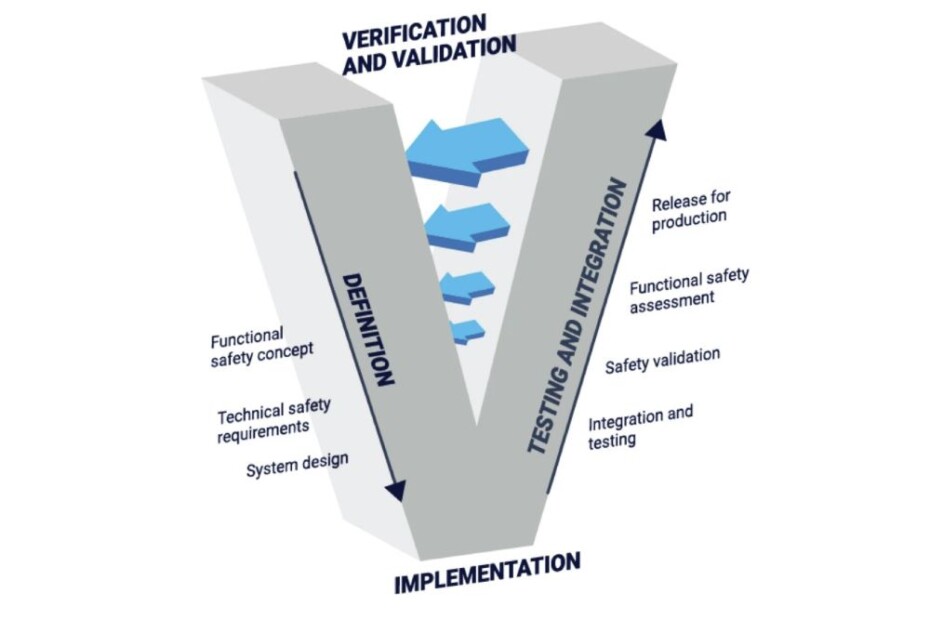The Semiconductor Downturn Has ‘Bottomed’
By Bolaji Ojo
What’s at stake:
Semiconductor sales returned to a positive position in the second quarter, ending early what had been feared could be a prolonged downturn, says a veteran analyst who was heavily bearish about the direction of the market. But is this the beginning of a new upturn or is the industry heading to a false recovery with dips and upswings?
Semiconductor sales swung back into positive territory in the second quarter, defying expectations for a prolonged downturn and shaving off 12 percentage points from a dire outlook from one of the industry’s most respected forecasters.
Malcolm Penn, CEO and founder of IC consulting and research firm, Future Horizons, on Tuesday pronounced the end of the latest semiconductor sales downturn, saying the industry pushed its recovery forward by one quarter.
Read More »The Semiconductor Downturn Has ‘Bottomed’









